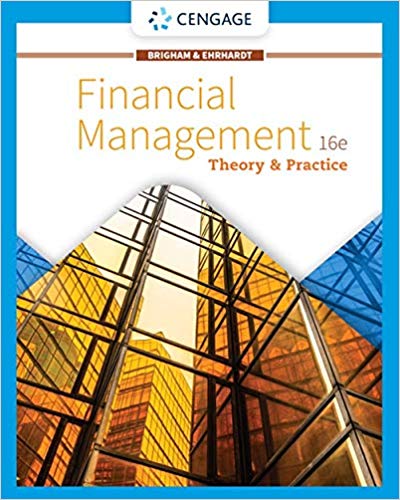

Please solve question 5 and 6 both parts
rather than a single lump-sum payment. It was discovered in each case that the insurance company would require an effective annual yield on ordinary coupon bonds of equivalent default risk that was 50 basis points (i.e., 0.50%) higher than the effective annual yields on the bonds with no coupons. C. What might explain why the insurance companies would require a slightly higher effective annual yield on the coupon bonds compared to the bonds with no coupons? 5. In September of 1995, Mcdonalds Corporation issued $150 million of Senior Notes due in 2005. The notes were issued at par and bore interest of 6 5/8%, paid semi-annually (i.e., interest of $33.125 per $1000, bond would be paid twice a year). The debt was rated AA by Moodys. Interest payments on this debt were deductible for corporate tax purposes (you may assume that Mcdonalds's marginal corporate tax rate was 35%), though principal repayments were not. All principal would be repaid in September 2005. A. From Mcdonalds's perspective, what is the effective after-tax cost of this debt (expressed as an annual percentage)? B. How many dollars of taxes will Mcdonalds save each year through the deduction of the interest expense on these notes from taxable income (you may assume that Mcdonalds will have sufficient taxable income in future years to cover the interest expense on this debt)? What is the present value of these future tax savings? In late 1993, the Weyerhauser Corporation was considering the use of a so-called "Industrial Development Bond" to help finance the construction of a facility in the state of North Carolina. Industrial Revenue Bonds (IRBs) and Pollution and Environmental Control Revenue Bonds (PCBs) were financial instruments issued by a state or local government authority - in this case, Martin County, North Carolina. The proceeds from these securities would be used to finance the development of facilities or the purchase of equipment that would be managed by a for-profit company, but that would serve a particular local public interest such as providing employment in a depressed region or reducing pollution. Because the bonds were technically issues of state or municipal authorities, interest income on the bonds was exempt from taxation. The issuing government authority was merely a conduit, however. The interest and principal on the debt was effectively repaid by the sponsoring corporations (e.g., Weyerhauser), which was designated in the bond's indenture as the guarantor of the bond and the ultimate source of funds from which the bond's interest and principal would be paid. Although the interest income received by IRB investors was exempt from taxation, the interest expense effectively paid on the IRBs by the corporate entity servicing and guaranteeing the bonds was deductible for tax purposes. In late 1993, $50 million of IRBs that would be guaranteed and serviced by the Weyerhauser Corporation could have been issued at par with an annual bond-equivalent yield of 5.65% (i.e., interest of $28.25 per $1,000 bond would be paid twice a year). They would mature 30 years later in the year 2023. If Weyerhauser were instead to issue bonds of equivalent maturity and risk as the IRBs but do so as a direct obligation of its own, the interest paid on such debt would not be exempt from taxation to investors. To be sold at par, such fully taxable bonds would have to provide a higher coupon yield in the vicinity of 7.25% (paid semiannually). for wit only in Prof Ashok Banerine's Corporate Finance_Term-Ill_2019-20_Prof Ashok Banerjee at Indian Institute of Management Calcutta to Mar 2020Fixed Income Valuation -080 A. Why would Weyerhauser's IRBs have a lower effective annual yield than that of its direct obligations of equivalent maturity and risk? B. What is the present value of the savings Weyerhauser would realize if it arranged the IRB financing described above instead of a conventional corporate bond with a yield of 7.25%? For simplicity assume that only interest would be paid during the life of the bonds and that tax rate was 35%. all principal would be paid at maturity. Also assume that Weyerhauser's marginal corporate










